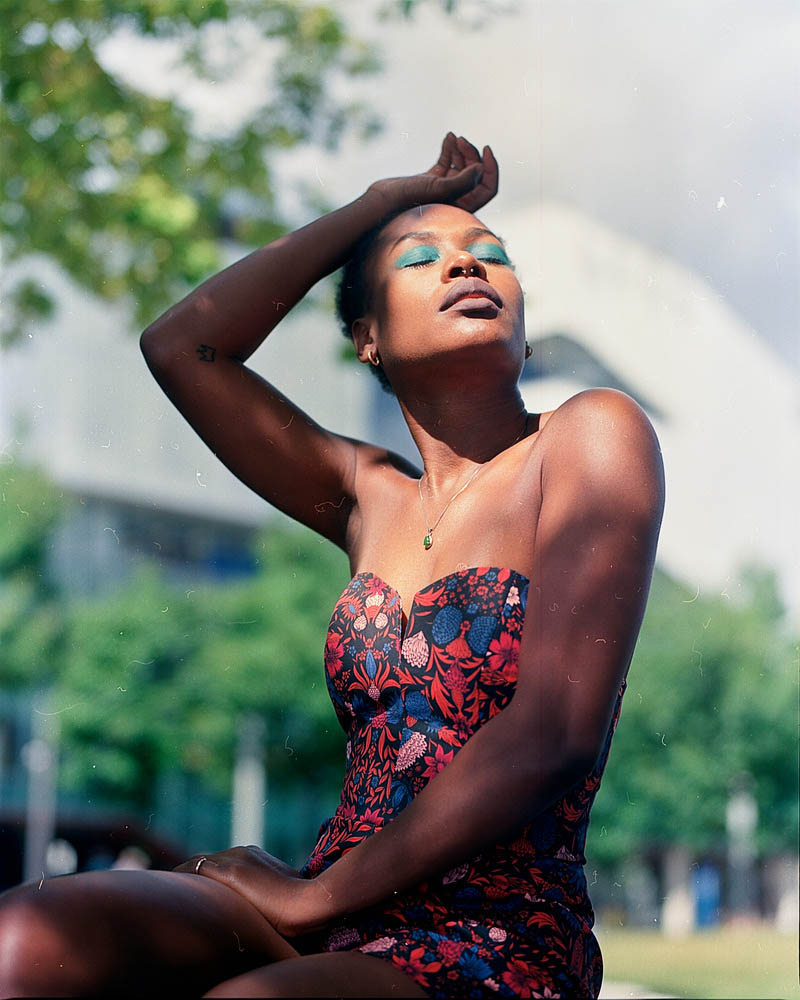It’s so easy I thought I did it wrong.
There is a misconception that film development is very difficult, however, with the right tools – and sometimes the wrong ones – it’s quite simple. Just follow the instructions and, like magic, things turn out!
While I find colour film easier to develop than black and white as it has fewer variables, no matter what I’m developing, getting the film onto the reel in a big bulky dark bag is always the hardest part. Thankfully, the Lab-Box is here to save the day! While not perfect, the Lab-Box is pretty, dang incredible.
The Lab-Box replaces the tank and dark bag with its two-in-one loader/developer in a small, easy-to-use package. The box is lightproof so chemicals can be poured in, then drained out without worrying about ruining your film when removing any lids.
Development is simple. While the chemicals are warming, place the film into the lab-box and use the included film-clip attached to the film reel. Then shut the box’s lid, load the film onto the reel with the side knob and cut the film. If using 120 film, the process is a little different but still easy. Finally, pour in your chemicals, agitate, and you’re done!
The film-reel is totally removable so, as a bonus, you can use the reel as a weight when drying your film. In my experience, however, it may be best to only do this with 135mm film, as 120 film tends to curl inwards when using use a small contact point.
Things aren’t all perfect. The Ars-Imago Lab-Box can only develop one roll of film at a time. This is fine for most people, but if you have a big shoot of six rolls, it’s going to take awhile. Also, film likes to stick to moisture, so if there is any water still in the tank, the film may get caught-up. If this does happen, place the box into a dark bag and rescue your shots. The only other issue I had with the Lab-box was that the spout where you pour out chemicals could be more spout-like as more than once I’ve spilled some Blix because it got stuck to the lab-box while pouring.
Overall, the Lab-Box is a fantastic piece of kit for those wanting to dip their toes into film photography or, if you’re like me, you shoot film every so often and want to save some money on lab costs. It only takes ten rolls of film or so before the Lab-Box pays for itself in offset lab costs, a must-have for anyone that develops on their own, or wants to start.
While I loved the ease of use, compactness, and ability to salvage your film if something DOES go wrong, I do wish it was slightly less sensitive to moisture when developing film back to back, and it had a spout that was more efficient to prevent spillage. Lastly, I would love if somehow there was a way to load two rolls of film at a time. Maybe they’ll figure it out for V2?
David J. Fulde
www.fulde.ca









